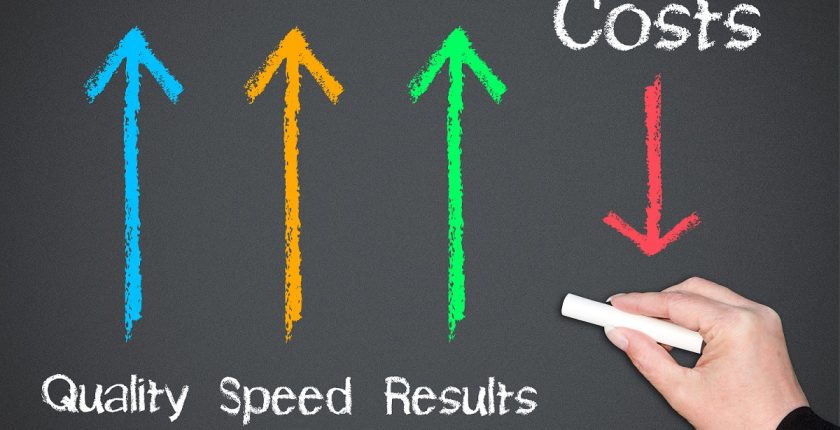Cost Optimisation: A Strategic Approach to Long-Term Success
In today’s competitive business landscape, cost optimisation is not just about cutting expenses—it’s about creating sustainable value. By aligning cost strategies with long-term business objectives, organisations can drive efficiency while maintaining operational resilience. Below, we outline key principles that were discussed at a recent event on cost optimisation, highlighting strategies for a structured and effective approach.
The Challenge of Sustainable Cost Optimisation
According to Gartner research, only 43% of leaders achieve their cost-saving targets in the first year of cost reduction. More concerning is that of the 43%, only 11% can sustain these cost savings for three consecutive years. This effectively means the overall success rate is less than 5%, highlighting the significant challenges businesses face in maintaining long-term financial efficiency.
Poorly designed, ad hoc cost initiatives mean businesses are saddled with having to reset the clock every Planning/Budgeting cycle as the very nature of these ‘savings’ are unsustainable. Contrast this with PwC’s 28th annual UK CEO survey, where 34% of CEOs (up from 21% last year) believe their business won’t be economically viable within 10 years on its current course. This is another red flag that current cost reduction approaches will not provide businesses with a platform to remain economically viable in the long term.
Additionally, the Deloitte Q4’24 CFO (UK) survey shows that CFOs have been on the proverbial cost reduction hamster wheel for 11 consecutive quarters. Furthermore, according to Gartner Research, one of the top priorities for CFOs in 2025 is reducing costs, further emphasising the urgency of sustainable cost optimisation.
1. Anchor Your Strategy to the Future State Operating Model
When optimising your cost base, your reference point—beyond mission, vision, and values—must be your future state Target Operating Model (TOM) or an equivalent framework. This model provides the necessary direction to shape your cost optimisation journey, ensuring that immediate cost-saving measures align with long-term strategic objectives. Taking this holistic approach prevents short-sighted decisions that could hinder future growth.
2. Establish a Common Language on Cost and Value Optimisation
A common challenge in cost optimisation initiatives is misalignment among stakeholders. It is essential to establish a shared understanding of key concepts:
- Cost reduction – Cutting expenses, often in a reactive manner.
- Cost optimisation – Strategically managing costs to enhance efficiency.
- Value optimisation – Ensuring that cost management decisions drive tangible business value.
By fostering a common language, businesses can drive alignment across teams, ensuring that cost strategies are executed effectively.
3. Build a Dedicated Program Delivery Team
For cost optimisation to be successful, a dedicated Program Delivery team is essential. This team provides the necessary structure, focus, and urgency to accelerate time-to-value opportunities. With a clear governance model and defined accountability, organisations can streamline execution and drive measurable impact.
4. Embed Cost Savings into Business Culture
Achieving cost savings is one thing—protecting them is another. Long-term success requires fundamental changes across the business, including cultural shifts and adjustments in ways of working. Without embedding these changes, initial cost savings may be eroded over time. A strong change management strategy will not only protect savings but also create a foundation for future cost optimisation opportunities.
5. Take a Phased Delivery Approach
A phased approach to cost optimisation reduces risk and enhances financial sustainability. Organisations can repurpose ‘invest-to-save’ returns from early phases to fund future initiatives. This iterative approach ensures continuous improvement while minimising disruption to business operations.
Learn More About Cost Optimisation
These key principles were explored in detail at a recent Cost Optimisation event with expert insights provided by Alistair Roman. If you would like to find out more about cost optimisation strategies and best practices, please contact Georgina Denslow for further insights and guidance.


